We put the Apple iPhone 14 Pro through our rigorous DXOMARK Selfie test suite to measure its performance in photo and video from an end-user perspective. This article breaks down how the device fared in a variety of tests and several common use cases and is intended to highlight the most important results of our testing with an extract of the captured data.
Overview
Key front camera specifications:
- 12MP sensor
- f/1.9-aperture lens
- Autofocus
- 4K video at 24/25/30/60 fps, 1080p at 25/30/60 fps (4K at 30 fps tested)
Scoring
Sub-scores and attributes included in the calculations of the global score.

Apple iPhone 14 Pro


 1st
1st
 1st
1st
Pros
- Accurate target exposure for stills and video
- Accurate autofocus and wide depth of field
- High level of detail
- Pleasant white balance and nice skin tones in bright light and indoor conditions
- Natural foreground blur and well-rendered spotlights in bokeh shots
Cons
- Noise in photo and video
- Sharpness differences between frames often visible in walking videos
- Occasionally inaccurate skin tones in challenging conditions, such as low light or high dynamic range scenes
With a DXOMARK Selfie score of 145, the Apple iPhone 14 Pro achieves a new top score in our front camera ranking, surpassing the Huawei P50 Pro by one point. This latest version of Apple´s TrueDepth camera now comes with an autofocus system and a faster aperture (f/1.9 compared to f/2.2 on the previous models). These hardware modifications have contributed to a drastic improvement of various sub-scores in both Photo and Video.
Video performance is specifically impressive. With a Video score of 154, the iPhone 14 Pro leads the front camera video ranking, thanks to new highs for Exposure, Color, and Stabilization. With a Photo score of 139, the 14 Pro doesn’t quite make it to the top spot here, but an increase of 11 points over the previous generation means a massive improvement, and the device delivers the best performance to date for Exposure and Bokeh. Overall, the Apple iPhone 14 Pro is an easy choice for any smartphone users who like to produce image and video content using the front camera.
Test summary
About DXOMARK Selfie tests: For scoring and analysis, DXOMARK engineers capture and evaluate more than 1,500 test images both in controlled lab environments and in outdoor, indoor and low-light natural scenes, using the front camera’s default settings. The photo protocol is designed to take into account the user’s needs and is based on typical shooting scenarios, such as close-up and group selfies. The evaluation is performed by visually inspecting images against a reference of natural scenes, and by running objective measurements on images of charts captured in the lab under different lighting conditions from 1 to 1,000+ lux and color temperatures from 2,300K to 6,500K. For more information about the DXOMARK Selfie test protocol, click here. More details on how we score smartphone cameras are available here. The following section gathers key elements of DXOMARK’s exhaustive tests and analyses .Full performance evaluations are available upon request. Please contact us on how to receive a full report.
Photo
Apple iPhone 14 Pro
147
For Photo, the iPhone 14 Pro has improved in all attributes compared to the iPhone 13 Pro. Results are better in both the lab and real-life scenes. It looks like the changes to the camera hardware of the new model have helped tackle some of the issues we saw on previous iPhone front cameras. For example, the addition of an autofocus system makes a big difference in terms of focus accuracy and depth of field. But the 14 Pro front camera’s still images have a lot more to offer, including accurate exposure, excellent detail, as well as nice colors in general and good skin tones. The simulated bokeh effect in portrait mode looks very natural, too. On the downside, some image noise is noticeable in most conditions, and in low light or high-contrast scenes, skin tone rendition can become less accurate.
Exposure is one of the key attributes for technically good pictures. The main attribute evaluated is the brightness of the face(s) in various use cases and light conditions. Other factors evaluated are the contrast and the dynamic range, eg. the ability to render visible details in both bright and dark areas of the image. Repeatability is also important because it demonstrates the camera's ability to provide the same rendering when shooting consecutive images in a row.
The iPhone 14 Pro’s front camera produces accurate exposures with a pretty wide dynamic range and nice contrast.
Highlight clipping still occurs in very challenging scenes, such as this backlit selfie shot.

Color
Apple iPhone 14 Pro
105
Color is one of the key attributes for technically good pictures. The image quality attributes analyzed are skin-tone rendering, white balance, color shading, and repeatability.
White balance and rendering of different types of skin tones are generally nice. In addition, white balance remains consistent across a series of consecutive shots in most test conditions.
On some occasions, our testers observed slightly inaccurate skin tones in backlit scenes and mixed lighting conditions. Sometimes there is also a warm color cast that has a negative impact on skin tone accuracy.

Focus
Apple iPhone 14 Pro
100
Autofocus tests evaluate the accuracy of the focus on the subject’s face, the repeatability of an accurate focus, and the depth of field. While a shallow depth of field can be pleasant for a single-subject selfie or close-up shot, it can be problematic in specific conditions such as group selfies; both situations are tested. Focus accuracy is also evaluated in all the real-life images taken, from 30cm to 150cm, and in low light to outdoor conditions.
The iPhone 14 series is the first iPhone generation to incorporate an autofocus system into the front camera. This allows the device to optimize the focus point for the scene and ensure good sharpness on all faces in group selfie shots. It also helps to increase background detail when shooting at longer subject distances, for example with a selfie stick.

Texture
Apple iPhone 14 Pro
79
Texture tests analyze the level of details and the texture of subjects in the images taken in the lab as well as in real-life scenarios. For natural shots, particular attention is paid to the level of details in facial features, such as the eyes. Objective measurements are performed on chart images taken in various lighting conditions from 1 to 1000 lux and different kinds of dynamic range conditions. The charts used are the proprietary DXOMARK chart (DMC) and the Dead Leaves chart.
The iPhone 14 front camera captures high texture levels in most test conditions. This can be seen in objective lab measurements as well as in real-life scenes.

Noise
Apple iPhone 14 Pro
94
Noise tests analyze various attributes of noise such as intensity, chromaticity, grain, and structure on real-life images as well as images of charts taken in the lab. For natural images, particular attention is paid to the noise on faces, but also on dark areas and high dynamic range conditions. Objective measurements are performed on images of charts taken in various conditions from 1 to 1000 lux and different kinds of dynamic range conditions. The chart used is the DXOMARK Dead Leaves chart and the standardized measurement such as Visual Noise derived from ISO 15739.
Image noise can be observed in most test conditions, as illustrated below. The Google Pixel 6 Pro does a better job at noise reduction. The Samsung Galaxy S22 Ultra (Exynos) tends to display the highest noise levels among the comparison devices.

Artifacts
Apple iPhone 14 Pro
89
The artifacts evaluation looks at lens shading, chromatic aberrations, distortion measurement on the Dot chart and MTF, and ringing measurements on the SFR chart in the lab. Particular attention is paid to ghosting, quantization, halos, and hue shifts on the face among others. The more severe and the more frequent the artifact, the higher the point deduction on the score. The main artifacts observed and corresponding point loss are listed below.
Some image artifacts, such as halo, hue shift, and ringing, can be found in the 14 Pro’s front camera images, especially when capturing challenging HDR scenes.
Bokeh is tested in one dedicated mode, usually portrait or aperture mode, and analyzed by visually inspecting all the images captured in the lab and in natural conditions. The goal is to reproduce portrait photography comparable to one taken with a DSLR and a wide aperture. The main image quality attributes paid attention to are depth estimation, artifacts, blur gradient, and the shape of the bokeh blur spotlights. Portrait image quality attributes (exposure, color, texture) are also taken into account.
Selfie bokeh simulation was already a strong point of the previous iPhone generation, but the 14 Pro takes things to the next level and is now the best device for selfie bokeh that we have tested to date. Blur gradient is smooth, depth estimation is accurate, and images show a natural bokeh shape. Thanks to the addition of foreground blur, bokeh rendering is now even more natural, earning the phone a top score of 80 for this test attribute.
DXOMARK engineers capture and evaluate more than 2 hours of video in controlled lab environments and in natural low-light, indoor and outdoor scenes, using the front camera’s default settings. The evaluation consists of visually inspecting natural videos taken in various conditions and running objective measurements on videos of charts recorded in the lab under different conditions from 1 to 1000+ lux and color temperatures from 2,300K to 6,500K.
In video mode, exposure, color (white balance), texture, and autofocus are the iPhone 14 Pro’s main strengths. Combined, these strong points allow the Apple device to push front camera video quality to unknown heights. The result is a new state of the art experience for selfie video, and a top score. The video mode is not perfect, though. There is still some room for improvement. For example, noise is noticeable in most test conditions, and skin tones look a little off in backlit indoor scenes. Video stabilization is overall very effective, but some sharpness differences between frames are noticeable when walking while recording video.
The iPhone 14 Pro front camera video mode was tested at 4K resolution, 30 frames per second, and with the Dolby Vision format activated.
Exposure tests evaluate the brightness of the face and the dynamic range, eg. the ability to render visible details in both bright and dark areas of the image. Stability and temporal adaption of the exposure are also analyzed.
Video exposure is accurate in most test conditions and dynamic range is pretty wide. As a bonus, we barely saw any exposure instabilities.
Image-quality color analysis looks at skin-tone rendering, white balance, color shading, stability of the white balance and its adaption when light is changing.
The iPhone 14 Pro video generally comes with natural skin tone rendering and accurate white balance in most bright light and indoor scenes. However, skin tone accuracy can slightly suffer in high-contrast scenes.

Focus
Apple iPhone 14 Pro
92
The 14 Pro’s new autofocus system lifts iPhone video to a new level. For example, it adds the ability to optimize the focus point for the scene, practically widening the depth of field. This is useful in group selfies where ideally all subjects should have good sharpness, from the closest to those furthest away from the camera.

Texture
Apple iPhone 14 Pro
97
Texture tests analyze the level of details and texture of the real-life videos as well as the videos of charts recorded in the lab. Natural video recordings are visually evaluated, with particular attention paid to the level of detail on the facial features. Objective measurements are performed of images of charts taken in various conditions from 1 to 1000 lux. The chart used is the Dead Leaves chart.
As the chart shows, the iPhone 14 Pro front camera is capable of capturing high levels of detail in video at all tested light conditions.

Noise
Apple iPhone 14 Pro
83
Noise tests analyze various attributes of noise such as intensity, chromaticity, grain, structure, temporal aspects on real-life video recording as well as videos of charts taken in the lab. Natural videos are visually evaluated, with particular attention paid to the noise on faces. Objective measurements are performed on the videos of charts recorded in various conditions from 1 to 1000 lux. The chart used is the DXOMARK visual noise chart.
Noise is sometimes visible under indoor and low light conditions in 14 Pro front camera video clips, especially in the corners of the frame.
Stabilization evaluation tests the ability of the device to stabilize footage thanks to software or hardware technologies such as OIS, EIS, or any others means. The evaluation looks at overall residual motion on the face and the background, smoothness and jello artifacts, during walk and panning use cases in various lighting conditions. The video below is an extract from one of the tested scenes.
For the 14 Pro, Apple has changed its approach to video stabilization. On the iPhone 13 Pro Max, the subject’s face was stabilized. On the new model, the background is stabilized instead. Both are valid methods. Generally, the 14 Pro compensates well for motion, even when walking while recording. However, some sharpness differences between frames are noticeable.

Artifacts
Apple iPhone 14 Pro
92
Artifacts are evaluated with MTF and ringing measurements on the SFR chart in the lab as well as frame-rate measurements using the LED Universal Timer. Natural videos are visually evaluated by paying particular attention to artifacts such as quantization, hue shift, and face-rendering artifacts among others. The more severe and the more frequent the artifact, the higher the point deduction from the score. The main artifacts and corresponding point loss are listed below

 English
English 中文
中文
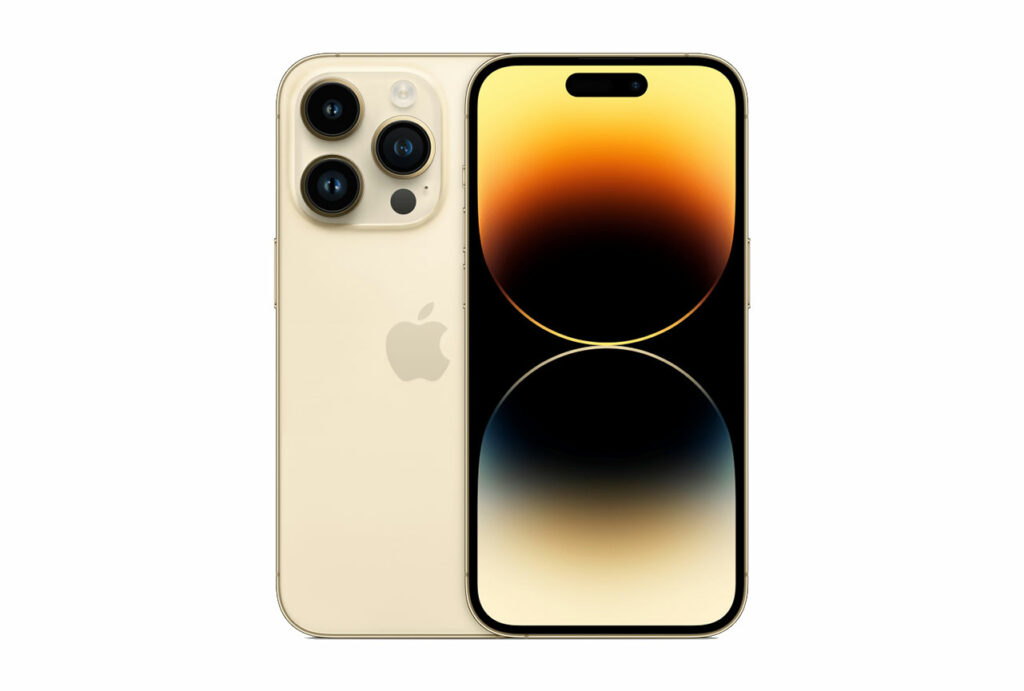






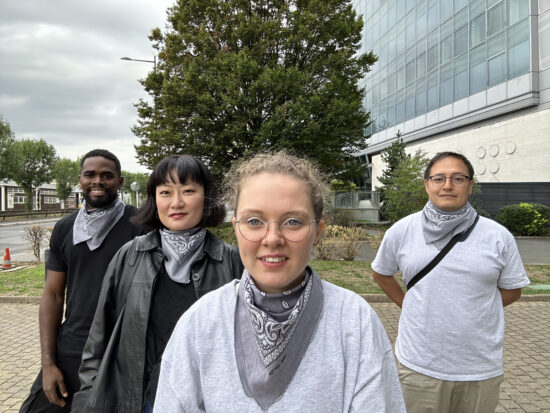
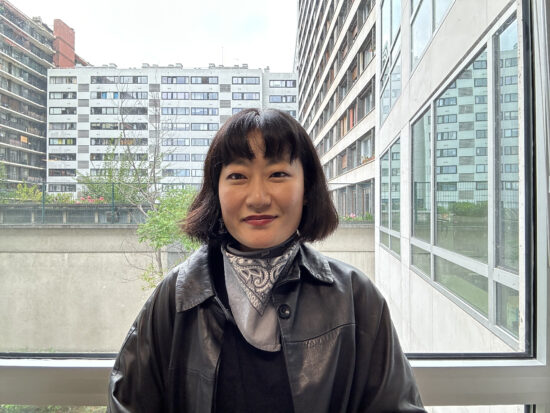
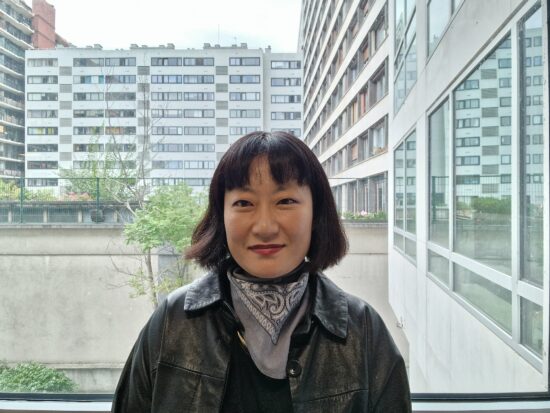


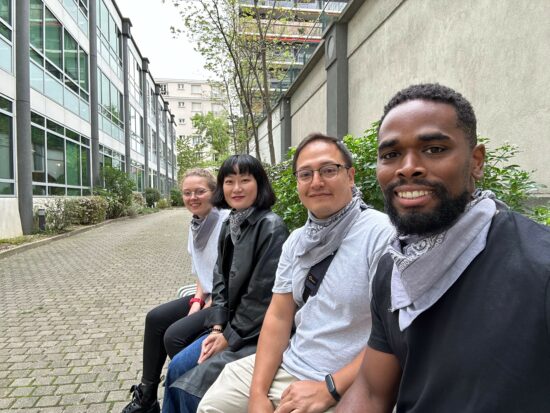









DXOMARK invites our readership (you) to post comments on the articles on this website. Read more about our Comment Policy.